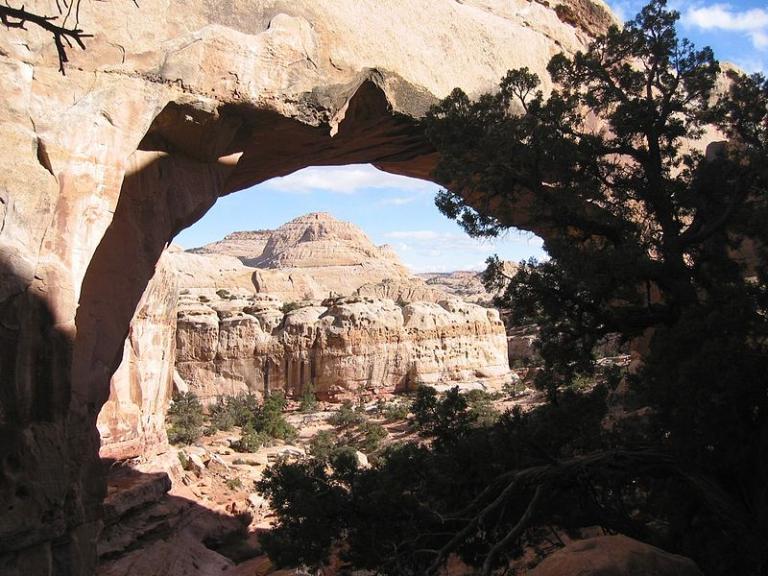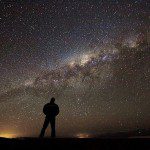
First, a potpourri of interesting recent science-related links:
“‘Outlandish’ competition seeks the brain’s source of consciousness”
“Why a Computer Will Never Be Truly Conscious”
“Ancient Assyrian Tablets Seem to Contain References to a Massive Solar Storm”
***
From the late Elder Richard G. Scott (1928-2015), a nuclear engineer who served as a member of the Quorum of the Twelve Apostles from 1988 until his death:
Try as I might, I am not able, even in the smallest degree, to comprehend the extent, depth, and stunning grandeur of what our holy Heavenly Father, Elohim, has permitted to be revealed by the scientific method. If we were capable of moving outward into space, we would first see our earth as did the astronauts. Farther out, we would have a grandstand view of the sun and its orbiting planets. They would appear as a small circle of objects within an enormous panorama of glittering stars. Were we to continue the outward journey, we would have a celestial view of our Milky Way spiral, with over 100 billion stars rotating in a circular path, their orbits controlled by gravity around a concentrated central region. Beyond that, we could look toward a group of galaxies called the Virgo Cluster, which some feel includes our Milky Way, estimated to be about 50 million light years away. Beyond that, we’d encounter galaxies 10 billion light years away that the Hubble telescope has photographed. The dizzying enormity of that distance is suggested by noting that light travels 700 million miles an hour. Even from this extraordinary perspective there would not be the slightest evidence of approaching any limit to God the Father’s creations.
As awe inspiring as this incredible view of the heavens would present, there is another consideration equally capable of confirming the unfathomable capacities of our Father in Heaven. Were we to move in the opposite direction to explore the structure of matter, we could get a close-up view of a double helix molecule of DNA. That is the extraordinary, self-duplicating molecular structure that controls the makeup of our physical body. Further exploration would bring us to the level of an atom, composed of the protons, neutrons, and electrons we’ve heard about.
Were we to penetrate further into the mysteries of the most fundamental makeup of creation, we would come to the limit of our current understanding. In the last 70 years much has been learned about the structure of matter. A Standard Model of Fundamental Particles and Interactions has been developed. It is based on experimentation that has established the existence of fundamental particles designated as quarks and others called leptons. This model explains the patterns of nuclear binding and decay of matter, but it does not yet provide a successful explanation for the forces of gravity. Also, some feel that even more powerful tools than those used to acquire our current understanding of matter might reveal additional fundamental particles. So there are yet more of Father in Heaven’s creations to be understood by the scientific method.
(“Truth: The Foundation of Correct Decisions,” October 2007)












